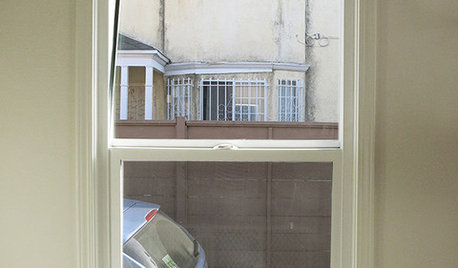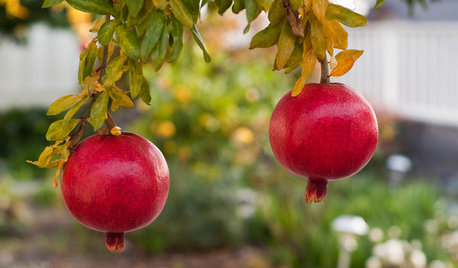Identify virused roses
sammy zone 7 Tulsa
15 years ago
Related Stories

WINTER GARDENINGPruning Secrets for Exquisite Roses
Encourage gorgeous blooms year after year with this time-tested advice on how to prune your rosebush in winter for health and shape
Full Story
GARDENING GUIDESRoses: Crowning Touch of Gardens
Whether you're the Miss or Mister America of gardening or take a hands-off approach, roses can be a winning addition to your landscape
Full Story
DECORATING STYLES18 Ways to Bring English Country Charm Home
From topiaries and climbing roses to toile and tea, these design ideas can skew cozy casual or manor formal
Full Story
LANDSCAPE DESIGNWater-Saving Landscaping Ideas for Traditional Homes
Who says you need a lawn and roses in front of your traditional house? Try some of these drought-tolerant beauties instead
Full Story
WINDOW TREATMENTS6 Ways to Deal With a Bad View Out the Window
You can come out from behind the closed curtains now. These strategies let in the light while blocking the ugly
Full Story
LANDSCAPE DESIGNGreat Design Plant: Lively Fountain Grass Thrives Just About Anywhere
Enjoy fountain grass for its exuberant form, long-lasting color and texture for borders and more
Full Story
ARCHITECTUREHouzz Call: Show Us Your Logo!
A picture is worth a thousand words, but your company’s symbol may be worth its weight in gold. We’d like to hear the graphic details
Full Story
TASTEMAKERSWorld of Design: Where Color Trends Begin
Colors go in and out of vogue. Here’s how they make their way into our home decor
Full Story
GARDENING GUIDESNorthern California Gardener's October Checklist
It's still a great time to plant flowers, vegetables and even bulbs in California gardens this month, thanks to predictably mild weather
Full Story
GARDENING GUIDESPacific Northwest Gardener's August Checklist
Deadheading perennials, cutting raspberry canes and preparing for the onion harvest keeps Northwest gardeners busy in August
Full Story






malcolm_manners
sammy zone 7 TulsaOriginal Author
Related Discussions
New review (2016) of one of the rose mosaic viruses -ApMv
Q
Remember my virused DA Mary Rose?
Q
Virus Elimination of Rose Viruses Using Microshoot Tip Tissue
Q
Title: Survey of six rose viruses in a rose virus collection 3-7-2018
Q
jardineratx
User
cemeteryrose
len511
jerijen
zack_lau z6 CT ARS Consulting Rosarian
Embothrium
cemeteryrose
User
Embothrium
User
Embothrium
sammy zone 7 TulsaOriginal Author
jerijen
User
melva
kittymoonbeam
Terry Crawford
olga_6b
jerijen
Terry Crawford
jumbojimmy
User
jerijen
henry_kuska
katefisher
henry_kuska
jerijen
teeandcee
jerijen
anntn6b
anntn6b
anntn6b
henry_kuska
henry_kuska
dublinbay z6 (KS)
teeandcee
jerijen